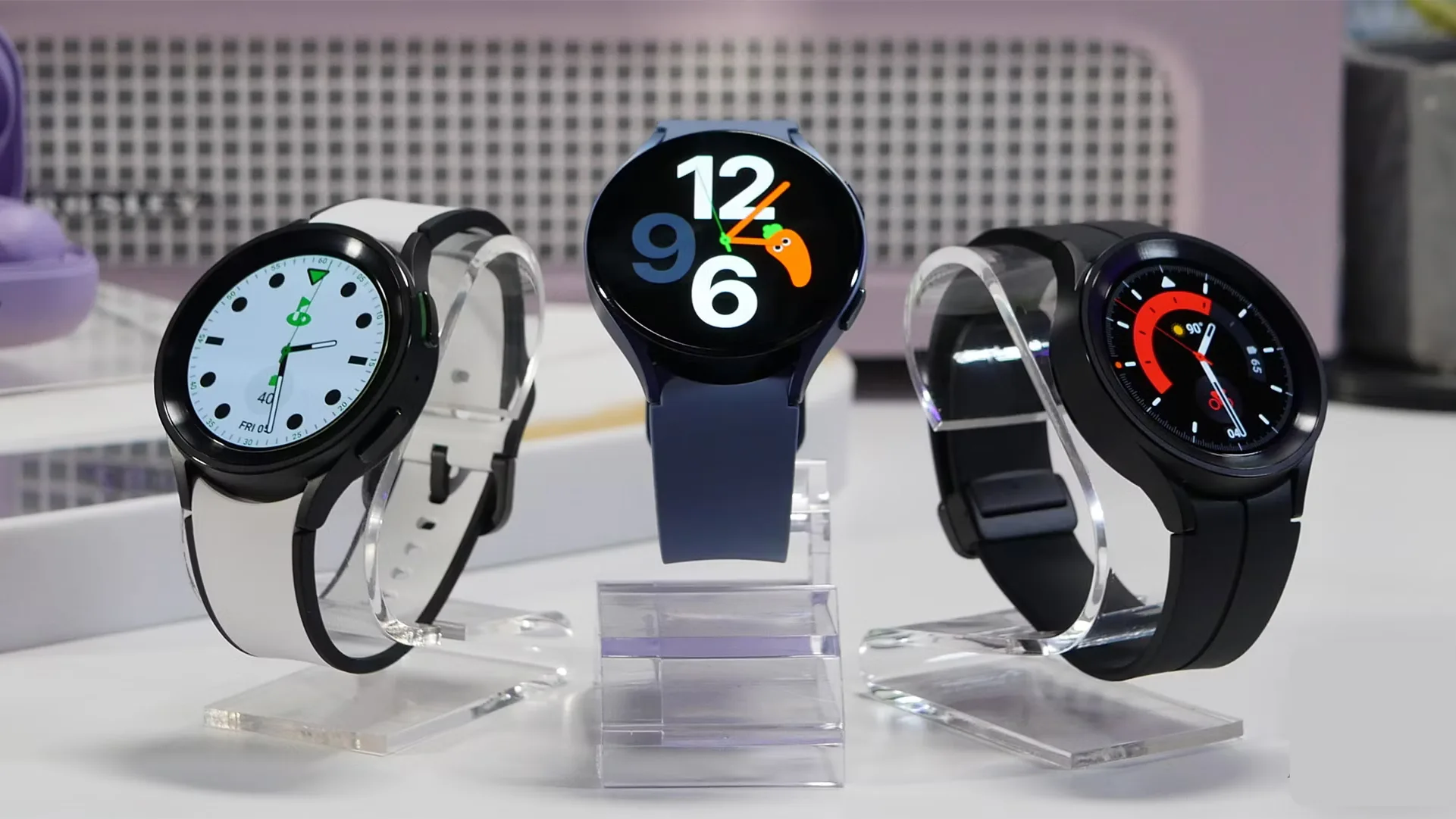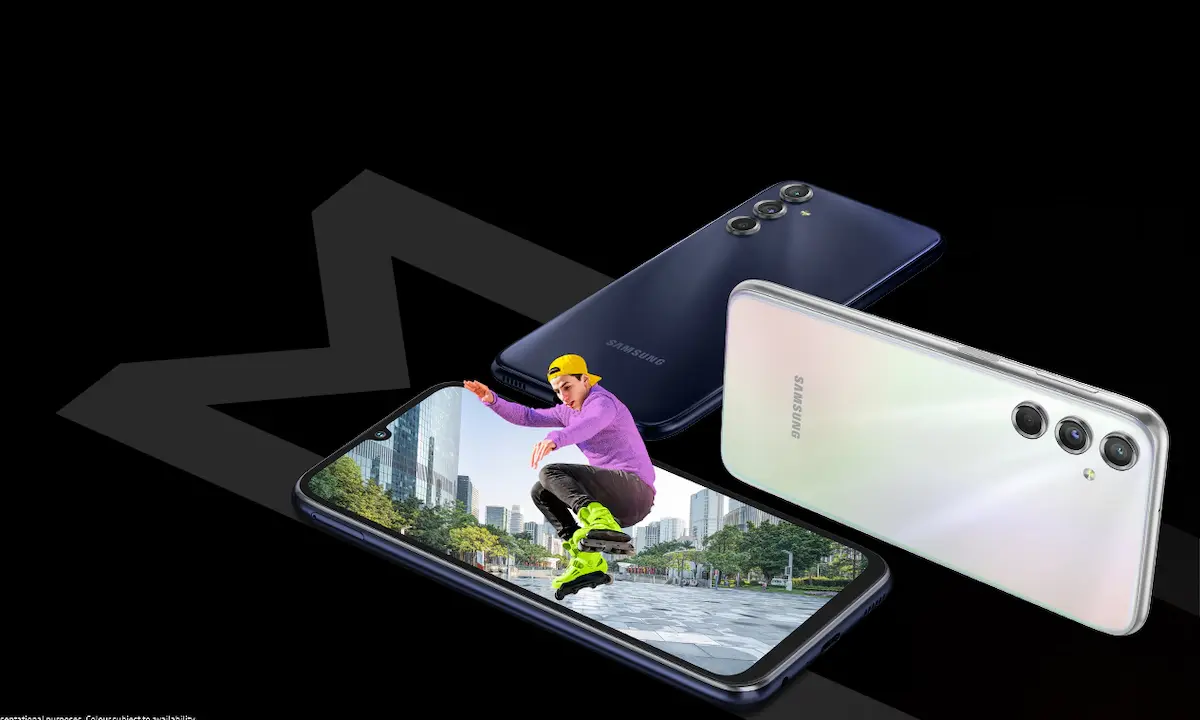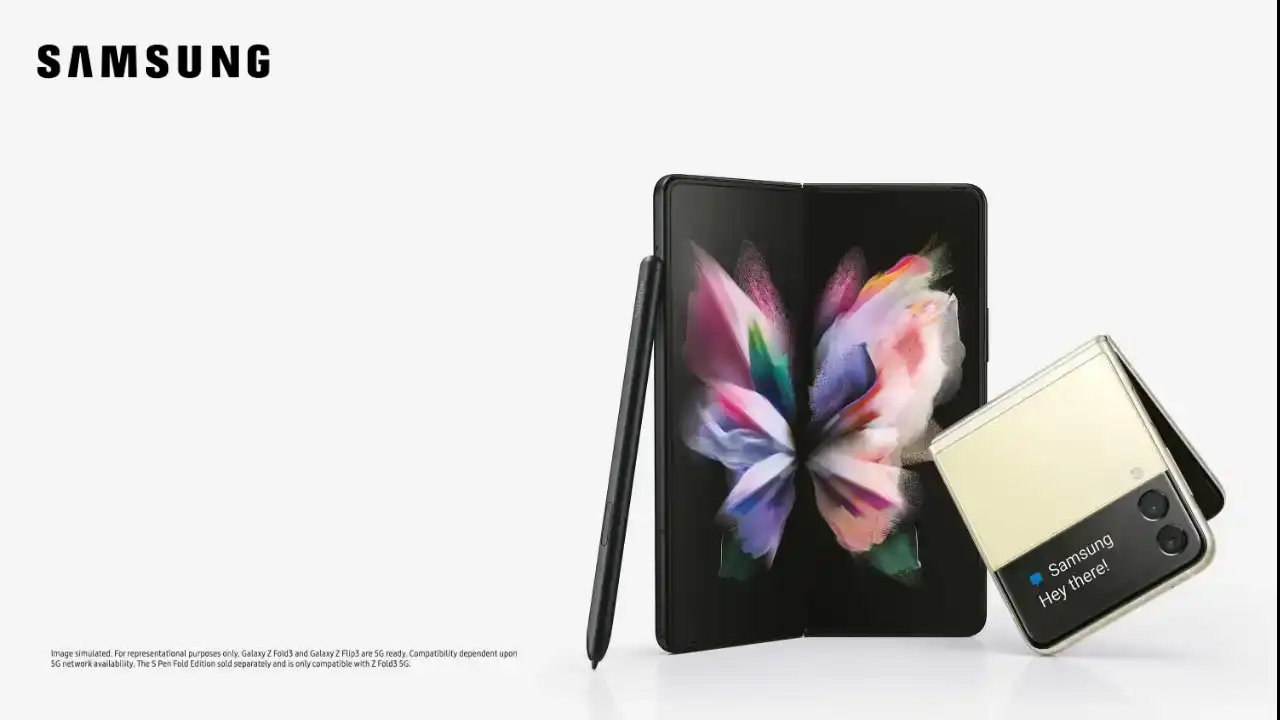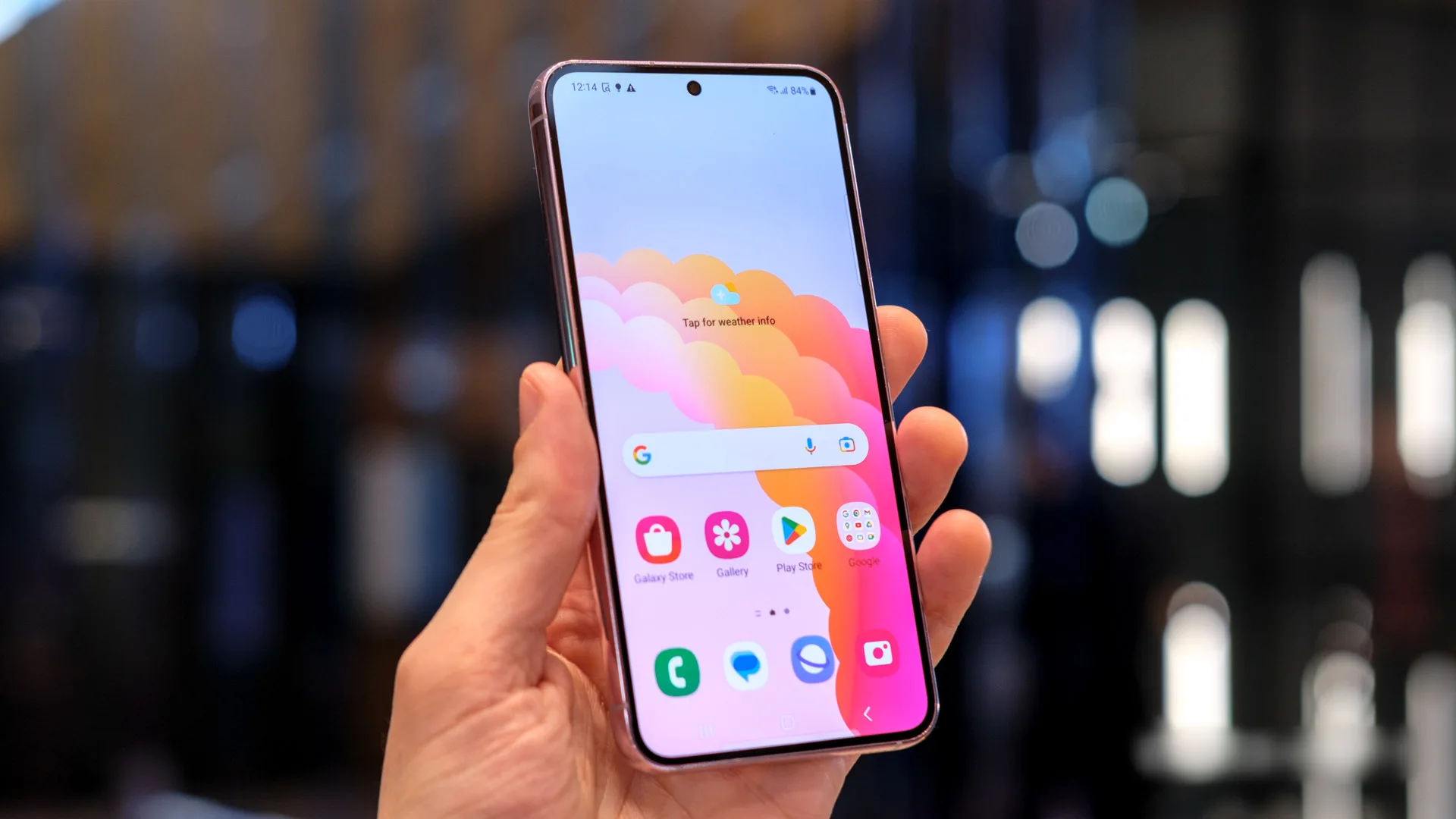News
Smart Wearables Needs Enhanced Data Compatibility

Beyond question, Samsung, Google, and Apple are the top smartphone as well as smart wearable brands in the tech industry, with a vast range of fan communities. But that doesn’t mean that other niche players are not making an effort to offer unique features.
Smartphones are overrated; now it’s time to expand the smart wearable area. There are two-sided trends in the wearables market: well-established brands and niche ones. The big brands prefer to push innovation; for instance, events such as CES and MWC are driving the introduction of new and powerful wearables.
On the other hand, niche brands are struggling for the space for which they are offering unique features and targeting specific uses, making wearables more diverse. Whereas some of the brands are working to create a “super wearable,” which brings together disparate fitness data sources, others are sticking with the proprietary approach.
These dynamics have put wearable innovations back on the agenda for a huge consumer market. As per the PYMNTS’ research, by November 2022, the market will be north of 96 million U.S. consumers. Undoubtedly, wearables are becoming more complex, but the fact is that data compatibility is an issue, as already seen with the most recent gadgets; for instance, Samsung’s Galaxy Ring, which tracks health data such as sleep and heart rate, is the same as Oura and the forthcoming Apple ring.
Samsung integrates data from multiple wearables, which include watches, rings, headsets, and more, using mobile AI, and this could be a selling point for users who prefer to join HealthPixel. Whereas integrating data is a benefit, there’s a concern about different wearables not working seamlessly together. This creates “data silos” where information is locked within a particular ecosystem.
Samsung’s vice president and head of the digital health team, Dr. Hon Pak, states that “our vision is to improve the health of billions through connected care centered around the home by connecting devices, services, and people.”
All the brands are taking steps to expand the wearables market, but data compatibility is the breaker. A well-established brand such as Samsung recently introduced its advanced wearable, the Galaxy Ring, which is totally focused on health data tracking.
At the moment, smart wearables are best in their own way, but they lack data sharing with other wearable devices. To enhance the user’s experience, Samsung focuses on using their smartphone as the central point of AI to connect multiple wearables and centralize health data. Although Google also included Fitbit in its data subscription platform and announced their Fitbit application will combine data from other wearables through Health Connect,.
Oura is valued at $2.55 billion, and it is not stopping at its Google partnership. It announced a new integration on March 5 along with the digital exercise community Strava, which boasts 120 million users.
As per the director of the Cedars Sinai Center for Surgical Innovation and Engineering, Dr. Joseph Schwab, “Consumer wearables on the market are essentially motion trackers.”
Other brands, such as Dexcon, provide wearables for particular health conditions, like real-time glucose monitoring for diabetics. The wearable market is driven by innovations, but we must note that data compatibility requires solutions. However, the brands are stepping forward with data unification.
News
New Galaxy Phone In Existence: Samsung Galaxy M35 5G Spots On Geekbench

The Korean brand – Samsung has recently announced its two mid-range Galaxy smartphones – Galaxy A55 5G and Galaxy A35 5G. A new benchmark listing has a spot for Samsung’s affordable smartphone, Galaxy35 5G.
Samsung is now gearing up for its next affordable Galaxy smartphone, the M35 5G, as the reports are unvunveilhey have found a new benchmark listing for Samsung the Galaxy M35 5G.
The smartphone has been spotted with the model number as an identification code – SM-M356B on the Geekbench 6.2.2 database. Not only this, but it also confirmed the presence of 6GB of RAM and Android 14 OS. The chipset also came to know which is the latest Exynos 1380.
The codename for the motherboard is also mentioned, which is ‘s5e8835.’ The reports say that it has scored 656 and 1967 points in performance scores on the benchmarking platform. Exynos 1380 is the latest chipset of the Korean brand, which is a 5 nm processor. It consists of 4 Cortex A78 cores, which clock at 2.4GHz, and 4 Cortex A55 cores, which clock at 2.0GHz. It is coupled with a Mali g68 MP5 GPU. It also has an AI Engine.
This also offers connectivity options, which include the latest Bluetooth version 5.3 and Wi-Fi 802.11 ax with three bands. It supports a camera resolution of at least 200MP for capturing images, and for video recording, there is support for up to 30fps 4K recording. The storage supported is UFS v3.1, and RAM will be of the LPDDR4x/5 type.
Samsung has recently debuted its two smartphones, Galaxy A55, and Galaxy A35; the Galaxy A35 5G smartphone is powered by Exynos 1380 chipset. From this perspective, Galaxy M35 5G could be a variant of Galaxy A35.
At the moment, no specs and features of the device have been revealed or leaked. Still, since Galaxy M series smartphones usually have a bit higher battery power of at least 6000mAh, the forthcoming Galaxy M35 5G smartphone also arrives with the same battery power.
Firmware
Verizon rolls out the March 2024 security patch update for the Galaxy Z Fold 3 and Galaxy Z Flip 3 devices

Verizon has rolled out the March 2024 security patch update for the Galaxy Z Fold 3 and Galaxy Z Flip 3 devices. Earlier, these devices had received the same update outside the US, but now they are gradually expanding to the US.
The Galaxy Z Fold 3 and Galaxy Z Flip 3 are spotted getting new updates with the firmware version numbers F926USQS5HXBD and F711USQS6HXBD, respectively. It is worth noticing the update is currently available for the devices locked to Verizon, but it will soon be available on more carriers.
For your information, the latest update for Galaxy Z Fold 3 and Galaxy Z Flip 3 doesn’t bring any significant changes, but as it is the latest security patch, it will provide some internal fixes to maintain the security of the devices.
If you are getting some other issues from the last update, you should also update the device to the latest update, as it may also address some issues. Along with the update, other improvements may also be made to enhance the overall performance of the devices.
Suppose you use the Galaxy Z Fold 3 or Flip 3 device in the US. In that case, you can update the device to the latest version by simply going to the system settings and then to the software update. If you haven’t received the update, you should wait for some time, as it may arrive in the next few days.
Firmware
Samsung rolls out the March 2024 security patch update for the Galaxy S23 FE devices in the US

Samsung has rolled out the March 2024 security patch to almost all devices but still needs to complete the update distribution to all eligible devices. So, gradually expanding the update to remaining devices, the company has started rolling out the update for the Galaxy S23 FE in the US.
Notably, the Galaxy S23 FE devices are getting a new update in the carrier-unlocked version with the firmware version number S711U1UES2BXBF. The update has already been rolled out to almost all carriers, including AT&T, Bluegrass Cellular, C-Spire, Cellular South, Comcast, Cricket, DISH, MetroPCS, T-Mobile, Tracfone, US Cellular, Verizon, and Xfinity Mobile.
According to the official changelog, the March 2024 security patch is one of the standard maintenance updates that provides some internal improvements for the device, and there will be no visible changes available. In other words, users may experience some improvement in the functioning of devices, but it doesn’t particularly bring any specific changes for the device.
Going to the details, the March 2024 security patch includes more than 40 fixes, 37 of which are provided by Google and address the issues found in the Android OS, while 9 more features are introduced by Samsung that enhance the performance of Galaxy devices exclusively.
Suppose you are using the Galaxy S23 FE in the US. In that case, you can update the devices to the latest version by following the simple steps: first, go to the system settings, tap on the software update, and tap on the download and install button; if it shows a new update available, tap on the download button.




